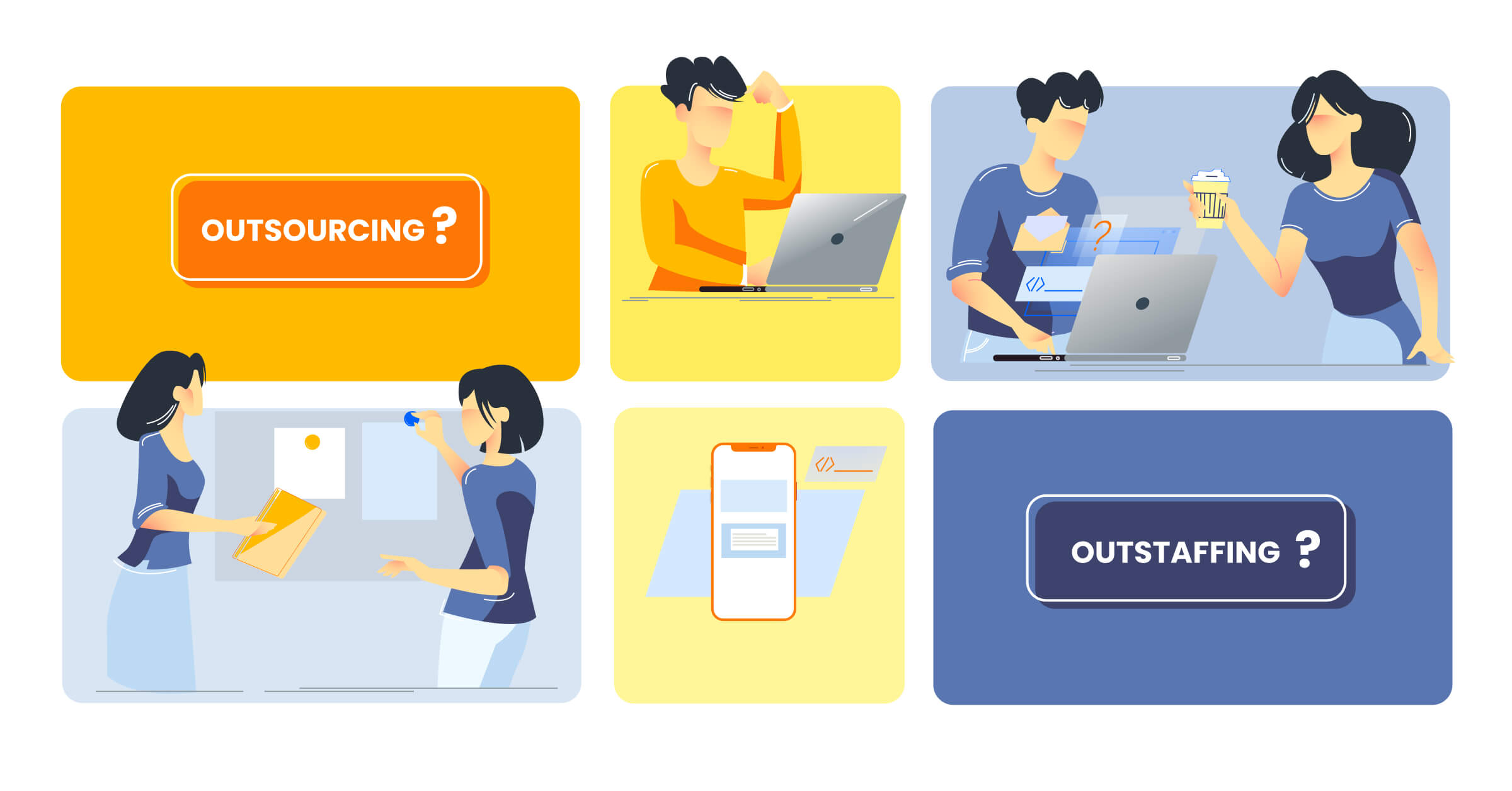In today’s Power of Outstaffing business landscape, companies face the constant challenge of optimizing their operations while remaining agile and adaptive. The traditional approach of hiring a full in-house team to meet all operational needs has undergone a transformation in recent years. Outstaffing, a strategic business practice, has emerged as a game-changer, offering companies a dynamic solution to achieve their goals without the constraints of traditional employment models.
Outstaffing, often confused with outsourcing, involves the delegation of specific tasks or projects to external professionals who work as an extension of the client’s team. Unlike outsourcing, where entire processes are handed over to a third-party vendor, outstaffing enables businesses to retain direct control over their projects while capitalizing on the expertise and efficiency of external talent. This approach fosters collaboration, allowing seamless integration between in-house and external teams.
The global COVID-19 pandemic further highlighted the value of outstaffing, as remote work became the norm for many industries. With the traditional office setup disrupted, companies had to rethink their workforce strategies. Outstaffing offered a lifeline by providing access to a diverse talent pool, regardless of geographical constraints. Businesses could tap into specialized skills without being limited by their physical location, leading to a more competitive edge in the market.
One of the key advantages of outstaffing is the cost-effectiveness it brings to the table. By hiring professionals on a project-basis or for specific tasks, businesses can significantly reduce overhead costs associated with maintaining a full-time, in-house team. This includes expenses like office space, equipment, and employee benefits. Such financial savings can then be reinvested into core areas of the business, driving innovation and growth.
What means outstaffing?

Outstaffing is a business practice where a company hires external professionals, often through a third-party service provider, to work on specific projects or tasks without making them full-time employees of the company. This approach is different from traditional outsourcing, where entire processes are handed over to external vendors. With outstaffing, the hired professionals become an extension of the client’s team, collaborating closely with the in-house staff while working remotely or at a different location.
The key distinction between outstaffing and outsourcing lies in the level of control and integration. In an outstaffing arrangement, the client company retains direct control over the project, including decision-making, task assignment, and project management. The outstaffed professionals work as dedicated resources for the client and are often chosen based on their specific skills and expertise relevant to the project’s requirements.
Outstaffing is particularly advantageous for companies looking to access specialized skills and talents without the long-term commitment and administrative burdens associated with hiring full-time employees. This approach allows businesses to quickly scale their teams up or down based on project needs, making it a flexible solution for industries with variable demand patterns.
Furthermore, outstaffing offers cost savings, as companies can avoid expenses like providing office space, equipment, and employee benefits that come with hiring traditional employees. It’s also a way to tap into a global talent pool, enabling businesses to collaborate with professionals from various parts of the world, regardless of geographic constraints.
What is difference between outsourcing and outstaffing?

Outsourcing and outstaffing are both strategies that involve utilizing external resources to fulfill business needs, but they differ in terms of scope, control, and the nature of the engagement. Here’s a breakdown of the key differences between outsourcing and outstaffing:
1. Scope of Engagement:
Outsourcing: In outsourcing, a company delegates entire processes, projects, or functions to an external third-party vendor. The vendor takes full responsibility for executing and managing those tasks, often with minimal direct involvement from the client’s internal team.
Outstaffing: Outstaffing involves hiring external professionals to work on specific tasks or projects as an extension of the client’s internal team. The hired professionals become an integral part of the client’s workforce and collaborate closely with the client’s in-house team.
2. Control:
Outsourcing: With outsourcing, the client company relinquishes a certain degree of control over the outsourced tasks or processes. The vendor handles the execution and management, and the client typically receives periodic updates on progress.
Outstaffing: In outstaffing, the client company retains a higher level of control over the tasks, projects, and professionals. The outstaffed professionals work under the client’s direction and follow their processes and guidelines.
3. Integration:
Outsourcing: Outsourced vendors often operate independently, and their work may not be seamlessly integrated with the client’s internal team. Communication might be less frequent and direct.
Outstaffing: Outstaffed professionals work as an integrated part of the client’s team, collaborating closely with the in-house staff. Communication and coordination are generally more frequent and direct.
4. Purpose:
Outsourcing: Outsourcing is commonly used when a company wants to delegate non-core or non-strategic functions to external experts, focusing internal resources on core activities. It’s often chosen to reduce costs and access specialized skills.
Outstaffing: Outstaffing is used when a company needs to augment its workforce for specific projects or tasks, seeking to maintain control and close collaboration with the external professionals. It’s often chosen for its flexibility and ability to quickly scale up or down.
5. Duration:
Outsourcing: Outsourcing contracts tend to be longer-term, involving ongoing or extended engagements.
Outstaffing: Outstaffing arrangements can be more flexible in terms of duration, often aligned with the specific timeline of the project or task.
In essence, while both outsourcing and outstaffing involve leveraging external resources, outstaffing provides a more integrated and controlled approach, making it a suitable choice when a company wants to maintain a higher degree of collaboration and oversight over the external professionals working on their projects.

